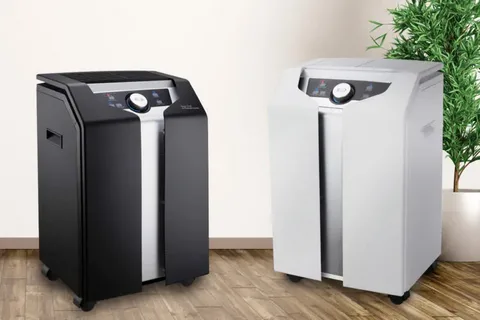Source purification is the cornerstone of ensuring clean and safe water, essential for sustaining life. In this article, we delve into the intricate science behind source purification, focusing on the process of breaking down contaminants.
Identifying Contaminants
Contaminants in water can originate from various sources, including industrial discharge, agricultural runoff, and natural processes. These contaminants encompass a wide range of substances, such as heavy metals, pesticides, bacteria, and organic compounds.
The Role of Purification Techniques
Purification techniques aim to eliminate or reduce the concentration of contaminants in water to safe levels. Various methods, including filtration, sedimentation, and chemical treatments, are employed based on the type and concentration of pollutants present.
Filtration: A Fundamental Approach
Filtration involves passing water through porous materials to trap and remove suspended particles and impurities. Common filtration media include sand, activated carbon, and membranes, each targeting specific contaminants based on size and chemical properties.
Sedimentation: Settling Out Impurities
Sedimentation allows heavier particles to settle at the bottom of a container, leaving cleaner water at the surface. This process is particularly effective for removing large particles and sediments but may not be sufficient for finer contaminants.
Chemical Treatments: Neutralizing Harmful Substances
Chemical treatments utilize reactive agents to neutralize or precipitate contaminants, rendering them less harmful or easier to remove. Examples include chlorination for disinfection and coagulation-flocculation for aggregating small particles into larger ones for easier filtration.
Advanced Technologies for Enhanced Purification
Innovative technologies, such as ultraviolet (UV) disinfection, reverse osmosis (RO), and advanced oxidation processes (AOPs), offer additional layers of purification to tackle emerging contaminants and ensure water quality meets stringent standards.
Ensuring Efficiency and Sustainability
Efficient source purification requires a combination of robust infrastructure, advanced technologies, and rigorous monitoring protocols. Additionally, promoting sustainable practices in agriculture, industry, and urban development can help prevent contamination at the source, reducing the burden on purification systems.
Conclusion
Source purification is a complex yet crucial process for safeguarding water quality and protecting public health. By understanding the science behind purification techniques and investing in innovative solutions, we can ensure access to clean and safe water for generations to come.


No comments yet